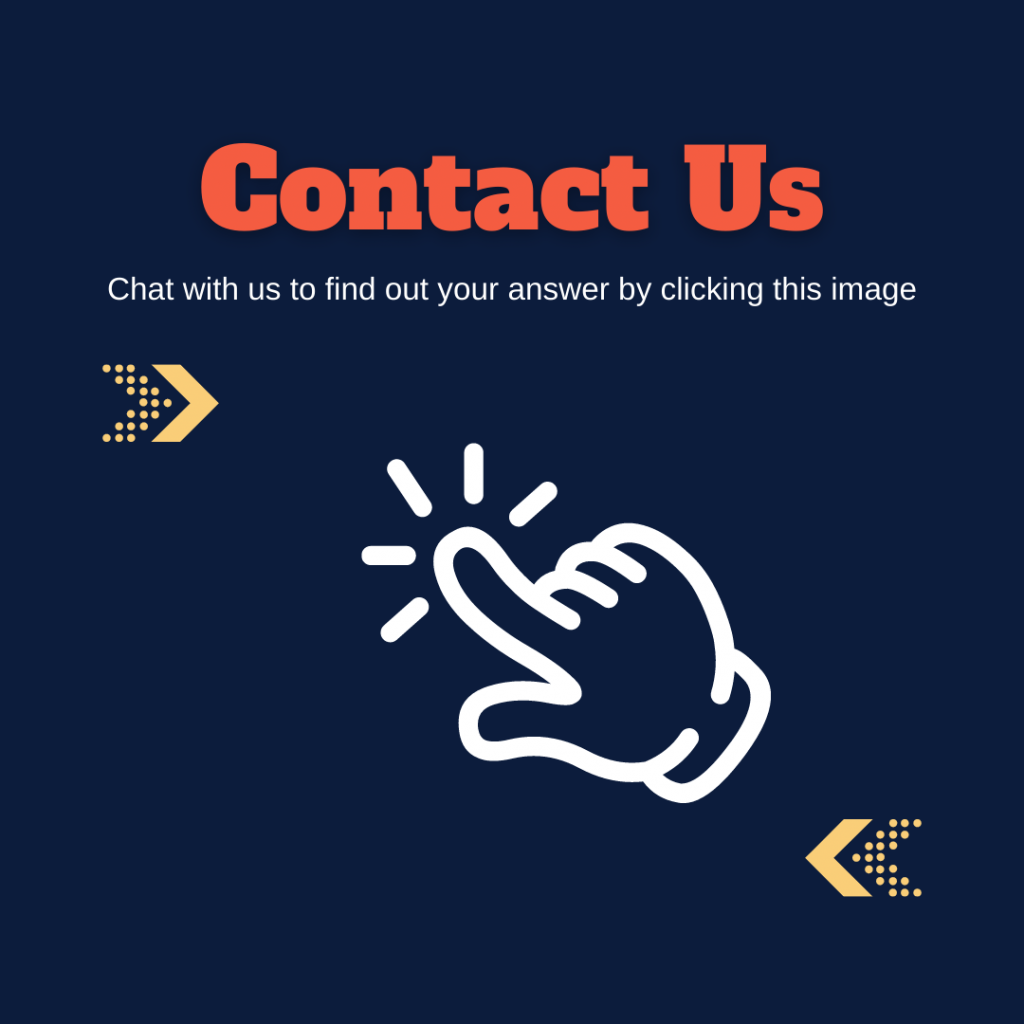A lot of people think that creating a social media campaign is just about posting some pretty pictures on a few platforms and then sitting back to see the rewards come in. Sadly it isn’t quite as easy as that, but this week we are going to look at an 8 point plan that can help you plan and achieve success in a social media campaign.
1. Understand the goal of the campaign.

The first step is to collaborate with your team on the particulars of the campaign. Are you promoting an event? Are you offering a new ebook or download? Maybe you’re working on a social giving campaign with a non-profit partner. Whatever the campaign is, understand the end goal. What action do you want the user or follower to take when they see your post? Is the goal clearly articulated, while still being entertaining, lovable and share-worthy? How will you measure the effectiveness of the campaign?
Nail down these important details first to get a clear idea of where you’re going.
2. Decide how to promote the campaign on each channel.

Now it’s time to decide what kinds of content you will need for each social media channel. You might want to create a short video for Facebook and Instagram. An event on Facebook will need a special banner image. You might also need to create images for Twitter and Pinterest. Understanding the purpose for each channel is key to making this step work.
Social media advertising is critical if you actually want people to see and interact with your posts. If you haven’t started using the advertising tools native to each social media channel, start with just one channel and experiment to find what works best for your audience and content. There is a very good Facebook Advertising Primer for Beginners here.
Once you’ve finished planning, it’s on to the next step!
3. Create a content calendar for the week/month.

The next part of the planning process is actually plotting out your schedule on a calendar. What days of the week and times will you be posting content to your social channels? What messaging and creative copy will you use to generate engagement? You can set up a basic outline of what each day looks like for the week or month of the promotion on a calendar template, like the example below from one of our campaigns.
Each day has 1-2 special posts for the campaign on different channels.
4. Create supporting visual content.

Now it’s time to create all of the visual components you planned out in steps 2 and 3. You don’t need a graphic designer to make really fun and engaging images. Many small businesses make a lot of use of Canva for creating quick, easy images with text. Social media images and posts can be created quickly and easily even using the basics of Microsoft Paint with just a little creativity and imagination.
The key is to keep them simple and ensure that they are addressing the points or showing the information that you want to convey to your audience. If your audience has to spend a while trying to figure out the graphic, then it’s not going to work, so short and to the point is always best.
5. Schedule posts.

Now it’s time to schedule! You’ve got a plan. You’ve got a calendar. You’ve got awesome content! You’re ready to put it all together in your social media scheduling tool of choice. If you are going to be solely posting to Facebook and Instagram then the easiest thing to do is to ensure they are setup and linked via Facebook Business Suite.
Facebook Business Suite allows you to schedule and preview all of your posts, target them for specific times of the day, and then manage all the interactions in one place. It is the best free tool for small businesses wishing to make regular scheduled posts across Facebook and Instagram.
6. Monitor and respond.

Don’t just set it and forget it! This is a well-oiled social media machine and while it might be running smoothly in the background, you still need to be involved. Part of managing social media like a boss is simply being present on your profiles. With those management tools we talked about earlier, you can set up alerts on your phone. That way, if someone comments on your Facebook post or replies on Twitter, you can respond quite quickly. Remember that the big thing with social is to be just that, social. Interaction, commenting and building a conversation are essential with social media.
7. Follow up after the event or promotion, if necessary.

If your campaign is based around an event, or say the launch of a new product, then it may make sense to follow up with photos or an update. If you did a giveaway or contest, post photos of the winner or stats about how many people participated. For an event, you could posts photos of the event with a recap.
8. Analyze and adjust.

Take time to go over your analytics to see what worked and what didn’t work. Maybe all of your early morning posts did really well and your mid-afternoon posts totally flopped. Or one type of visual content or messaging had higher engagement than another. Then, use that knowledge to adjust your tactics for the next campaign.
Not every social media campaign will have all of these steps, but it’s a good baseline. Your social media activity should be tightly integrated with your overall Inbound Marketing plan. Which means, don’t lose sight of your end goals for more visits, more leads, more customers.
Need Help?
If you don’t have the time, or capacity, to run your own social media campaigns then reach out to us and we will happily help. Whether it is simple remarketing, or a complete social media strategy that you need, we have the skills to be able to help you. Click on the image below to contact us and arrange an appointment.




Recent Comments